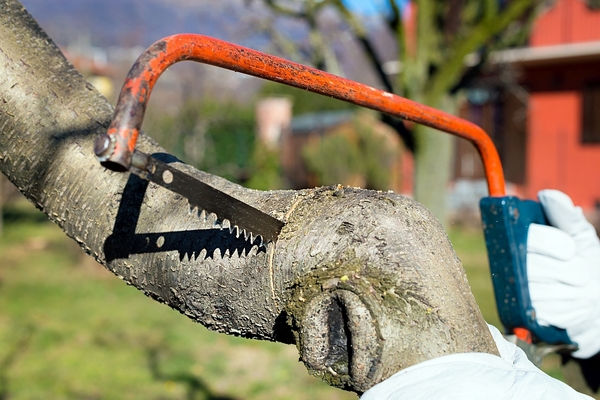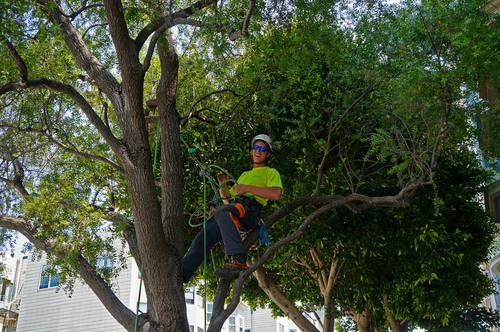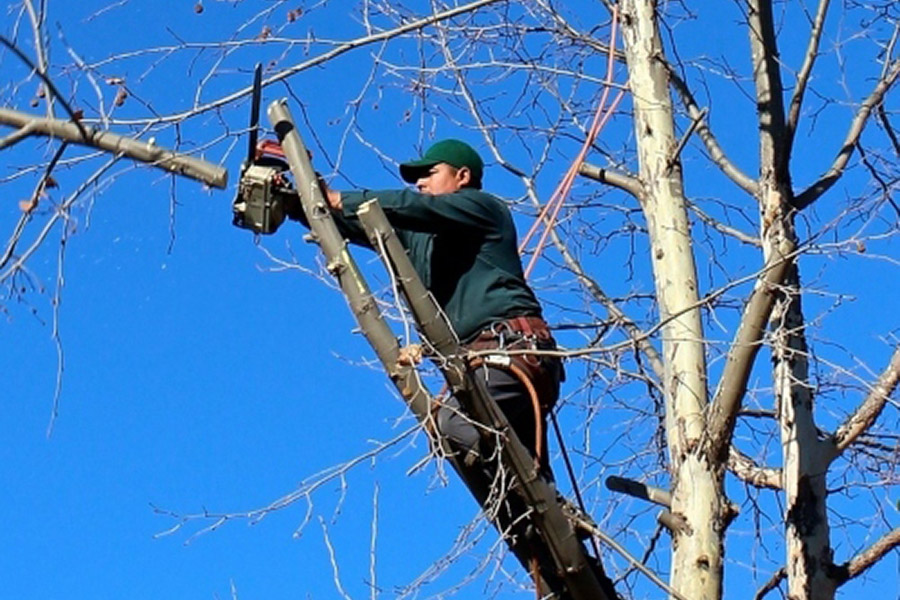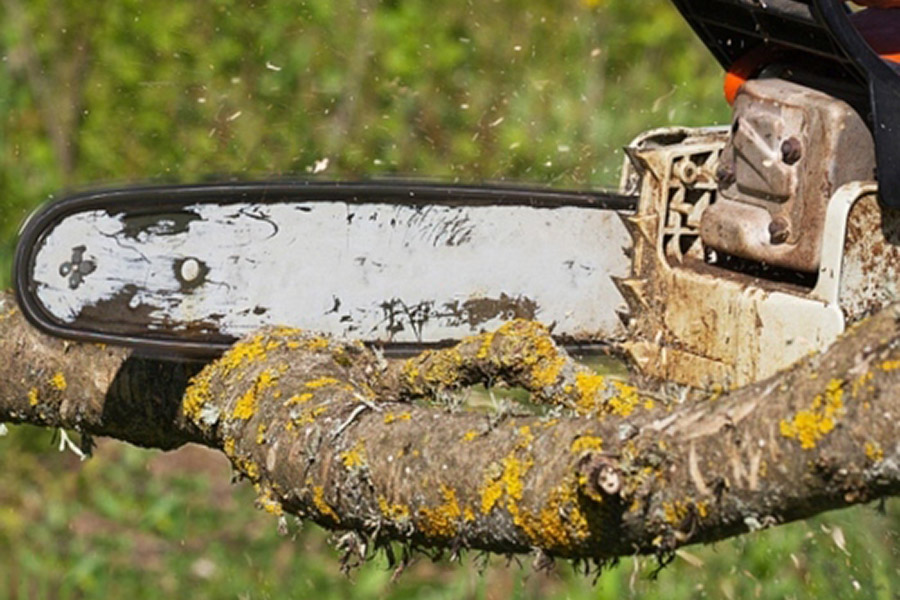The Two Basic Ways Amateurs Ruin Trees

Common Mistakes Amateur Tree Pruners Make and How to Avoid Them
Tree pruning is a vital part of maintaining healthy trees. However, poor pruning practices can lead to severe long-term damage to trees, compromising their health, structural integrity, and aesthetic value. In this guide, we explore the two primary ways amateur pruners ruin trees and provide expert advice on proper techniques. By understanding these common mistakes and learning how to avoid them, you can ensure your trees thrive and continue to beautify your property for years to come.
All too often, arborists are tasked with rectifying mistakes made by amateur tree pruners. Sometimes, the problems are relatively minor and require only minor corrective pruning, but other problems are more serious and require multiple pruning sessions spread out over several years to correct. Most of these issues occur because one of two basic mistakes was made: They either make improper cuts or place their cuts in the wrong places. By avoiding these mistakes, you can save yourself some time, money, and headaches in the future.
Note that the term “amateur" may even apply to those who charge for their services. Anybody with a chainsaw and a truck can call themselves a tree care professional, but only educated, experienced, and skilled professionals attain TCIA and ISA accreditation.
Improper Cuts
A Worker in the Process of Removing a Tree Branch
Understanding the Impact of Improper Cuts
Every cut made on a tree is essentially a wound that exposes it to potential infections, pests, and decay. When cuts are made correctly—cleanly and close to the branch collar—the tree can compartmentalize the wound quickly, protecting itself from further harm. However, when cuts are made improperly, the tree's natural defense mechanisms are compromised, leading to slow healing and increased vulnerability to disease and decay. This often occurs when amateur pruners leave stubs or make flush cuts that damage the tree’s branch collar, hindering its ability to heal.
Techniques to Avoid Improper Cuts
To prevent the negative impacts of improper cuts, it is crucial to use the right pruning techniques. When amateurs try to remove large branches with a single pass of the chainsaw, this often results in the branch falling to the ground before the saw passes completely through the wood. When this occurs, part of the bark often remains attached to the falling limb. As the limb falls, it rips off a large swatch of the trunk’s bark, thereby leaving it naked and exposed to the elements.
The three-cut method is a reliable approach used by professional arborists. This method involves making a small undercut on the branch a few inches away from the trunk, followed by a top cut slightly further out. Finally, the remaining stub is cut off close to the branch collar. This technique ensures that the bark does not tear away from the trunk as the branch falls, reducing the risk of injury to the tree. Consistently using proper pruning techniques will help maintain the health and structural integrity of your trees.
Incorrect Cut Placement
A Chainsaw Cuts Through a Large Branch
The Dangers of Incorrect Cut Placement
Even if the cuts are made with perfect technique, trees can suffer great harm if these cuts are not done in the correct places. In contrast to poor cuts, which often harm the tree by exposing it to pathogens, poorly placed cuts are more likely to compromise its structural integrity.
- Topping is the most flagrant example of poorly placed cuts. This practice —in which the central leader of the tree is cut back to an arbitrary point—leads to weak, poorly attached regrowth, called "watersprouts," as well as an unsightly appearance. As the watersprouts grow, their weak attachment can lead to easy breakage, creating dangers to anyone or anything below.
- Lion-tailing is another common problem arborists are tasked with repairing. Arborists use the term "lion-tailing" or "lion's tailing" to refer to the inappropriate removal of a tree’s inner branches, which leaves tufts of outer foliage that resemble a lion’s tail. The lack of inner branches and leaves exposes the trunk and large branches, leaving them vulnerable to sun scald. Additionally, the practice disturbs the balance of the canopy, predisposing the tree to wind damage.
Proper Cut Placement Strategies
Proper cut placement is essential for the long-term health of your trees. When pruning, cuts should always be made just outside the branch collar, —the slightly swollen area where the branch attaches to the trunk or another branch. This area contains specialized cells that help the tree heal more effectively. Avoid making large, indiscriminate cuts to the central leader or major branches, as this can disrupt the tree's natural growth pattern and structural stability. Instead, focus on selective pruning to maintain the tree's natural shape and balance, removing only dead, diseased, or crossing branches.
The Benefits of Hiring a Professional
Expertise and Experience
Hiring a professional arborist brings a wealth of expertise and experience to your tree care needs. Professional arborists are trained to understand tree biology and the specific requirements of different tree species. They can assess the health and structure of your trees, identify potential issues, and perform pruning tasks with precision and care. By hiring a professional, you can ensure that your trees receive the best possible care.
Long-Term Health and Safety
Proper tree pruning is not just about maintaining aesthetics; it is also crucial for the safety and health of your trees. Poorly pruned trees can become hazardous, with weak branches that are prone to breaking and falling, posing a risk to people and property. Professional arborists follow industry standards and best practices to ensure that pruning is done safely and effectively. This helps prevent accidents and promotes the overall well-being of your trees. Investing in professional tree care is a smart decision that pays off in the long run by preserving the beauty and safety of your landscape.

One of Arborist Now's Certified Tree Specialists Gets to Work
Conclusion
Tree pruning is a critical task that requires knowledge, skill, and precision. By avoiding common mistakes like improper cuts and incorrect cut placement, and by hiring professional arborists when needed, you can ensure that your trees remain healthy, beautiful, and safe. At Arborist Now, we are committed to providing expert tree care services in the San Francisco Bay area. Contact us today to learn more about our services and how we can help you maintain the health and beauty of your trees.
Originally published on May 17, 2016.







